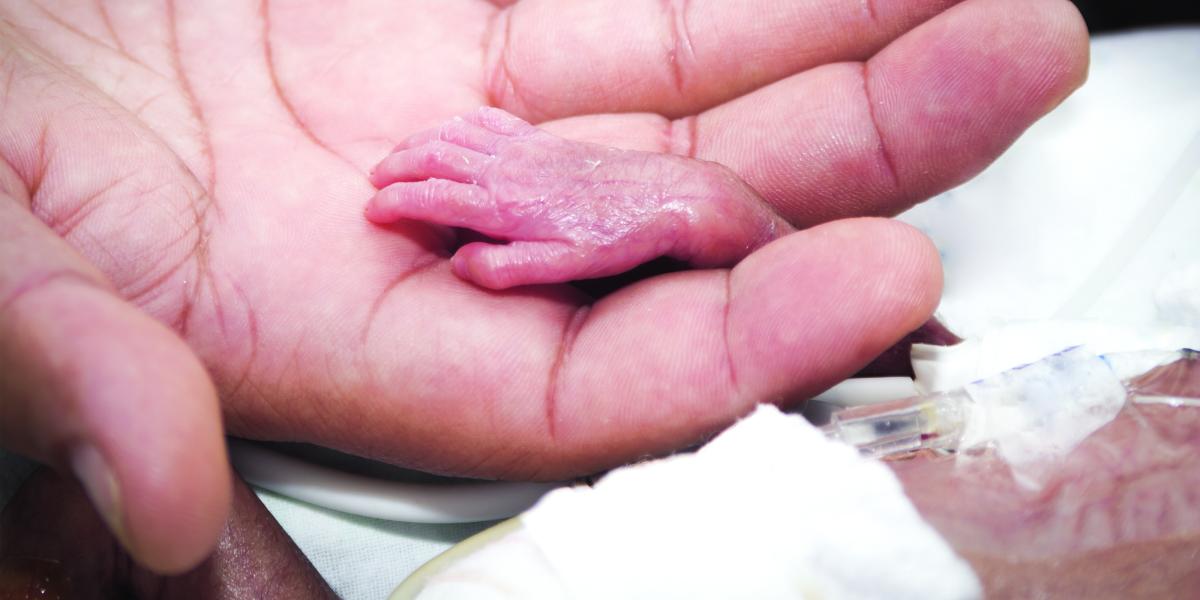Preemie Safety
Why phthalates like DEHP have no place in NICUs
Phthalates aren't safe for kids’ toys. Perhaps hospitals shouldn’t use them in breathing and feeding tubes in NICUs.
That’s the thrust of a recent Journal of Perinatology study by researchers Eric Mallow, MD, MPH, and Mary Fox, PhD, MPH.
A neonatologist, Mallow knew that much of the equipment in neonatal intensive care units, like blood bags and IV lines, is made of polyvinyl chloride (PVC) softened with di(2-ethylhexyl)-phthalate, or DEHP—a fat-soluble plasticizer that also is an endocrine disruptor capable of blocking testosterone and other male hormones. (Congress has placed strict limits on amounts of DEHP and other phthalates in children’s toys and other products, but their use in medical devices remains unregulated; the chemical is used in extremely high concentrations.)
What Mallow didn’t know, however, was just how much DEHP might be leaching out of those bags and tubes into physically fragile NICU patients—or its effects.
Mallow combed the literature and found that numerous studies of DEHP in lab animals (and at least one in human infants) showed toxic effects resembling the severe complications that preemies commonly suffer in the NICU, including damage to the liver, lungs, eyes and brain.
He and Fox also reckoned that a critically ill, preterm newborn—one receiving ventilator support, intravenous nutrition and multiple transfusions—could be exposed to DEHP at amounts 160,000 times higher than those estimated to be safe.
Mallow says that hospitals shouldn’t wait for more research before replacing DEHP-laden PVC with alternative materials.
The main question regarding DEHP, he says, already seems clear: Do we really want this in the NICU?
